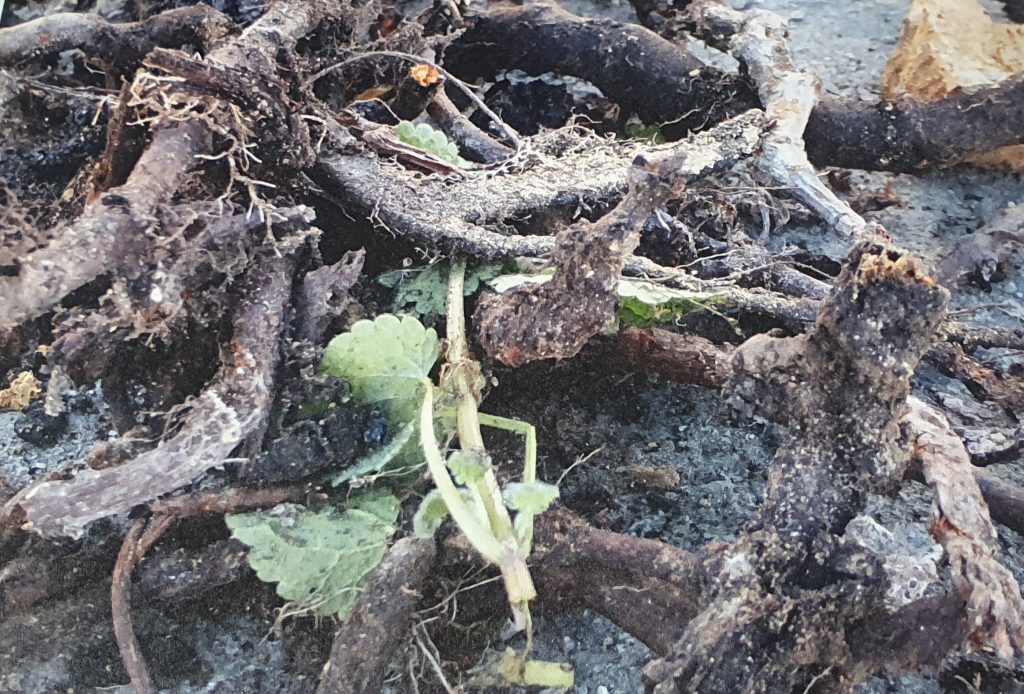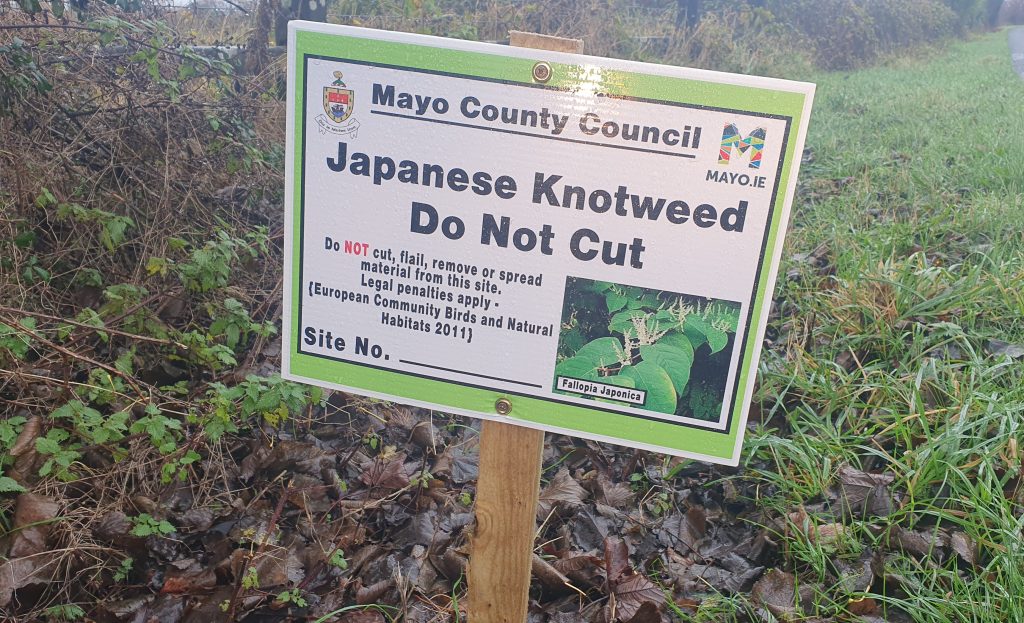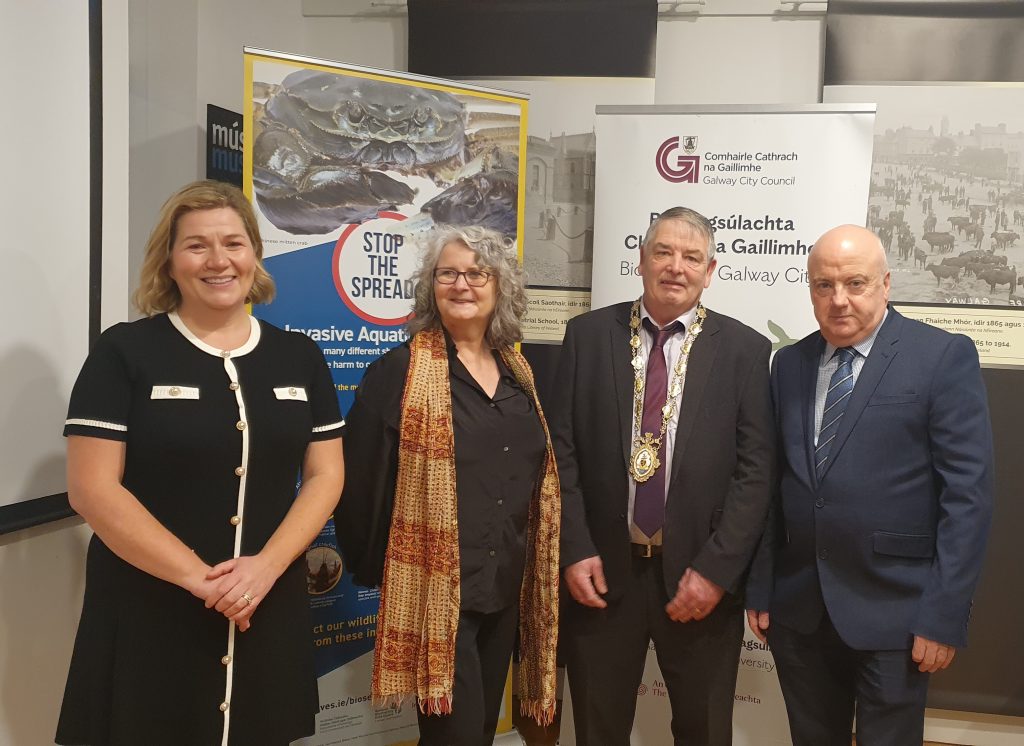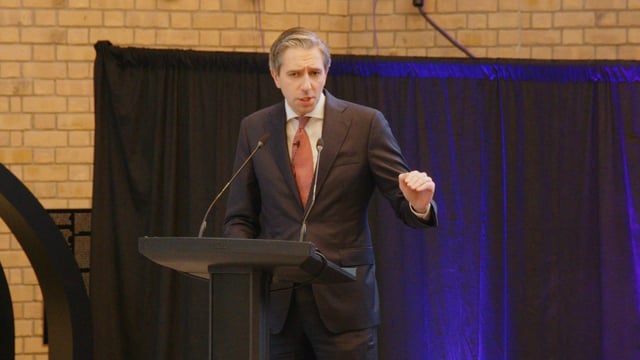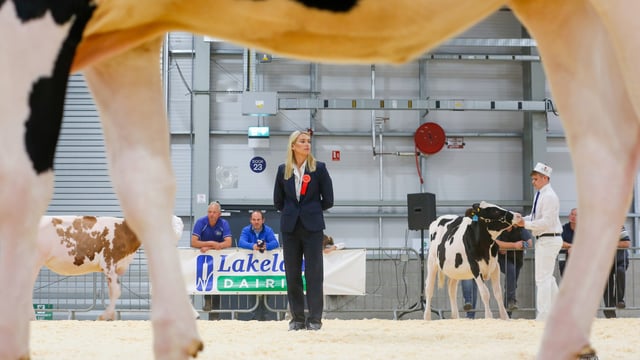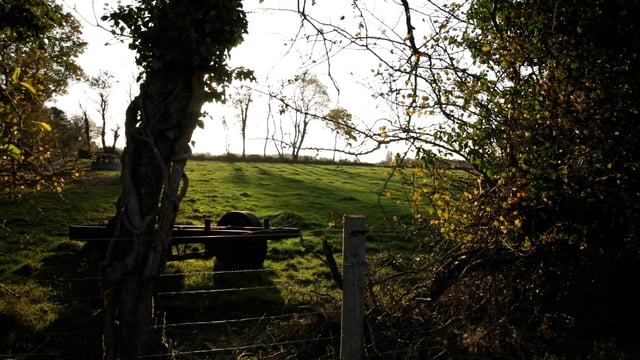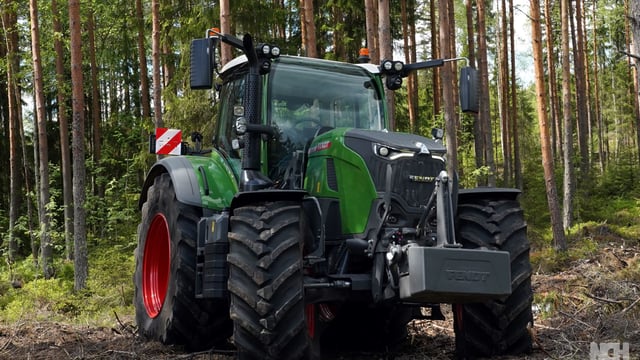What is happening in Galway to tackle invasive species?
Invasive species pose a significant threat to Ireland's native wildlife and the functioning of its ecosystems.
They are basically species which are not native to an environment and can potentially harm their new surroundings.
Through prevention, early detection, rapid response, eradication and control measures, the risk of their introduction, establishment, spread and impact can be reduced.
Today (Friday, November 7) Galway City Council launched its Invasive Species and Biodiversity Strategies 2025-2030, outlining its approach to protect nature for the next 4-5 years.
Invasive species
Galway City Council has said that the overarching goal for the Invasive Species Strategy 2025-2030 is to prevent the arrival of any new invasive organisms, animal, plant or microbe, by identifying and blocking pathways of introduction.
It stated: "Achieving this requires robust, enforceable protocols, clear procedures, strong partnerships and comprehensive training programmes.
"In parallel, a focused programme will target the eradication of priority invasice species and the sustained high-level control of others."
Among the key actions outlined in the Invasive Species Strategy is to prepare biosecurity protocols to prevent the arrival and spread of such species.
These protocols will be developed for the construction sector, landscape contractors and agencies, and literature will also be disseminated to the public.
The local authority also plans to engage with the forestry sector and Teagasc to identify threats to trees and design and implement control programmes on both an area and species basis.
Biodiversity
Galway City Council also launched its Biodiversity Action Plan 2025-2030 in conjunction with the Invasive Species Strategy.
It outlines that climate change, habitat loss, and species loss are the biggest threats to biodiversity in the local authority's area.
Under the action plan, there are five objectives:
- Develop and maintain the ecological network and increase the resilience of the network by restoring degraded habitats and habitat creation;
- Tackle key pressures on species and habitats;
- Ensure that targets for species and habitats are translated into effective conservation action at local level;
- Raise public awareness and encourage involvement in biodiversity action by the wider community;
- Increase the knowledge and understanding of biodiversity and monitor impacts of biodiversity actions through research.
Among the ways proposed to achieve these objectives is a review of the current use of herbicide by local authority departments and contractors, as well as trialling the use of herbicide-free alternatives.
It also has committed to provide planning and design guidance on the protection of ecological corridors, including watercourses, hedgerows, treelines, and scrub during the planning process.
Another action listed is to cooperate with the Local Authorities Water Programme (LAWPRO) on biodiversity and the protection of habitats, water pollution, climate resilience, and flood control.
The council also aims to work with relevant agencies and landowners to assess wildfire risk to peatlands and heathland habitats.
It wants to work with the National Parks and Wildlife Service (NPWS) and bordering counties to develop effective restoration projects.
Galway
Cllr. John McDonagh, who launched the strategies today at Galway City Museum, said: "Our biodiversity legacy must allow our children to grow up in a Galway that is green, resilient and dull of life.
"Across Ireland, and globally, biodiversity is under pressure. Habitats are weakening, species are being lost, and ecosystems are changing, but here in Galway, we choose not to stand back.
"We choose to respond with knowledge, collaboration and hope. The plan we launched today is ambitious, practical and grounded in community," he said.
Meanwhile, chair of the Heritage Council, Dr. Martina Moloney said: "We've been working over the past few years to advance a strong relationship with local authorities.
"We believe it's on the ground that heritage really gets protected, looked after, and it's where it's valued most," she said.
She lauded the pioneering initiative of Galway City and County Councils and Kerry County Council, who were the first three local authorities to employ a heritage officer more than 25 years ago.
Pupils from Mercy Primary School, Galway City also participated in today's launch with a musical contribution about the importance of nature.


